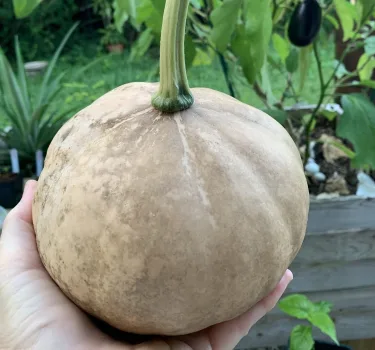
The non-glamorous part of yard work is the ground work.
You didn’t know there was a glamorous side to yard work? To me the glamorous – aka “fun”- is in finding a gorgeous new plant at the nursery that I know will look perfect in just the spot I am thinking of. It’s the moment when I pick up the little ( or big ) bucket that holds a small version of what will one day be a lovely, mature shrub. I know that it will end up living a long life in my yard, giving me years of enjoyment, while I tend to it and watch it grow. Others who pass by or visit will most likely enjoy it too. I look forward to digging the hole, carefully setting it in and then it will be my glamorous addition to the yard.
Back to the ground work. Although this area of gardening is not my favorite it is so important that it can’t be overlooked. The dirt must be ready for those plants you wish to have grow for many years.
If the garden is being created from lawn, dig it up with a pitchfork (ouch) or buy (rent) a rototiller. Buy an inexpensive soil test kit , or test meter, and test the soil in your garden for acidity. Knowing if the soil is too acidic or too alkaline will give you the opportunity to amend it if that needs to be done for growing happy plants. Any soil that is too much one way or the other inhibits the plants’ ability to use nutrients from the soil for good growth. No matter how much you water and care for your plant, if it simply can’t use those nutrients, it will not flourish.
Decide what you want to grow and amend the soil to accommodate those plants. If the soil tests at mid-level (6.5-7.0 pH), then you are fine. I like to grow a variety of flowering shrubs and annuals, but if you are planning a rose garden, you should make sure the all-over soil is right to grow them. Hydrangeas, along with Rhododendrons and Azaleas like acid soil (a pH of 5.0 – 5.8) and in the northeast where I live, the soil tends to be acidic.
Any local garden shop will be able to help you find the right amendments and read the packaging for how and when to use them. I always add bonemeal to the garden in the Spring and a little in the hole of new plantings, because it helps build strong roots.
Related Articles
- Building Healthy Soil On the Cheap (cheapskategardening.wordpress.com)
- Orangic Soil Amendments (rockycropfarm.com)







